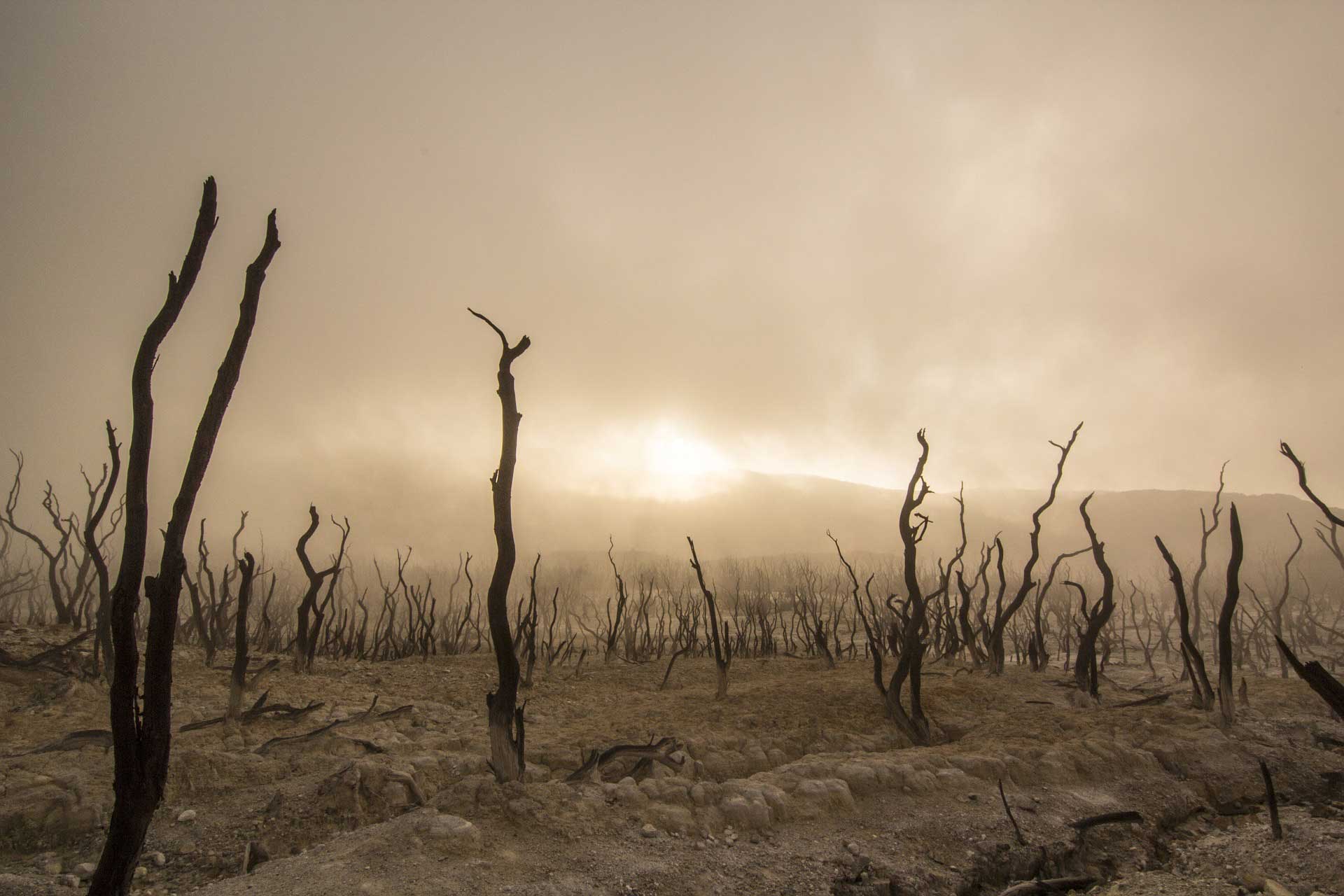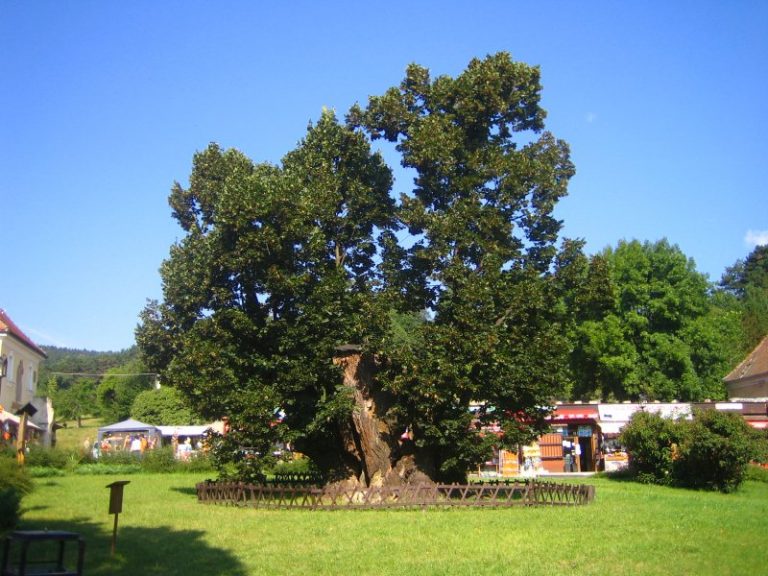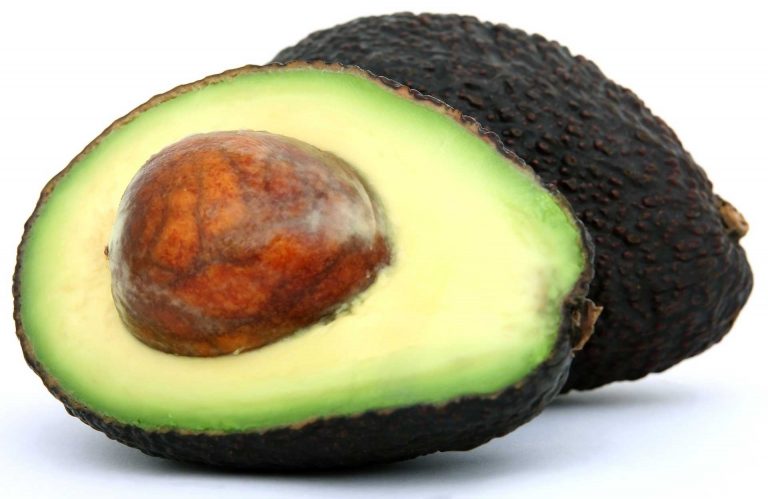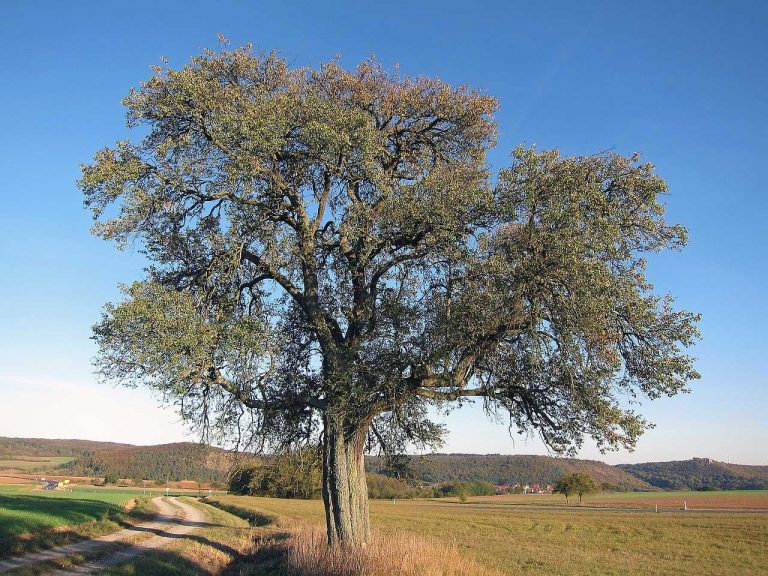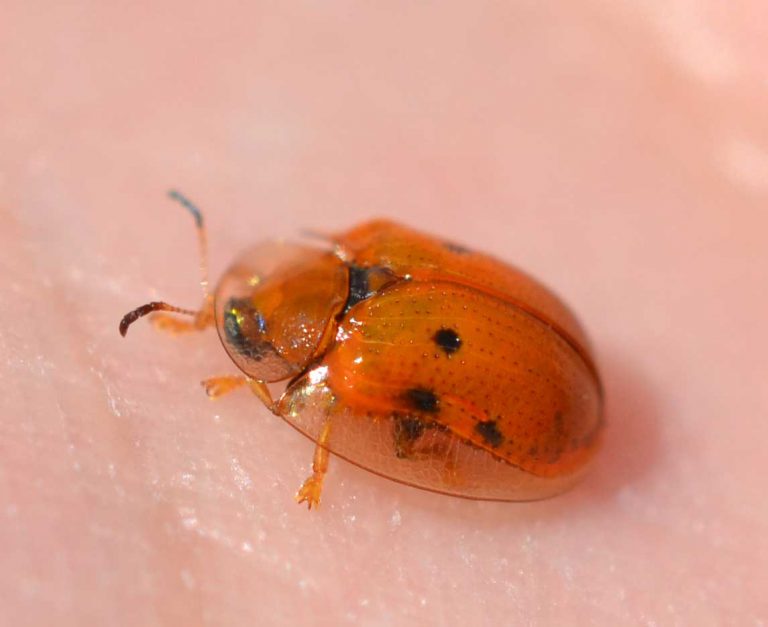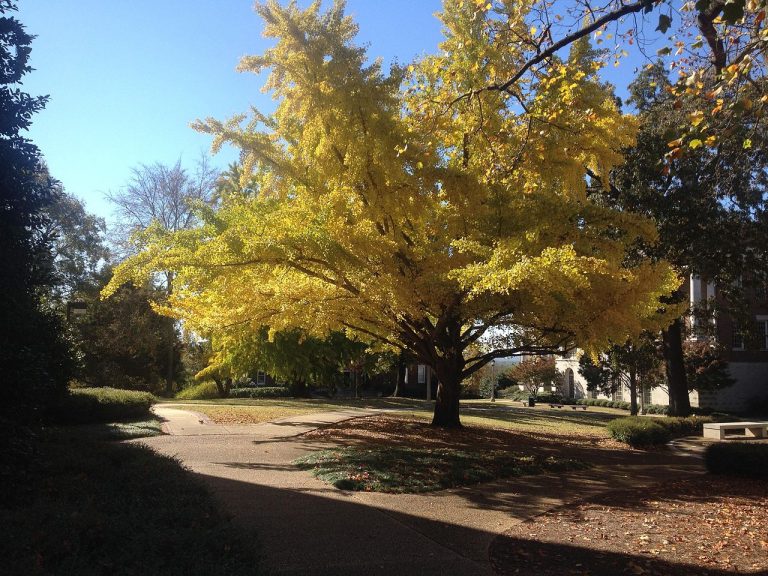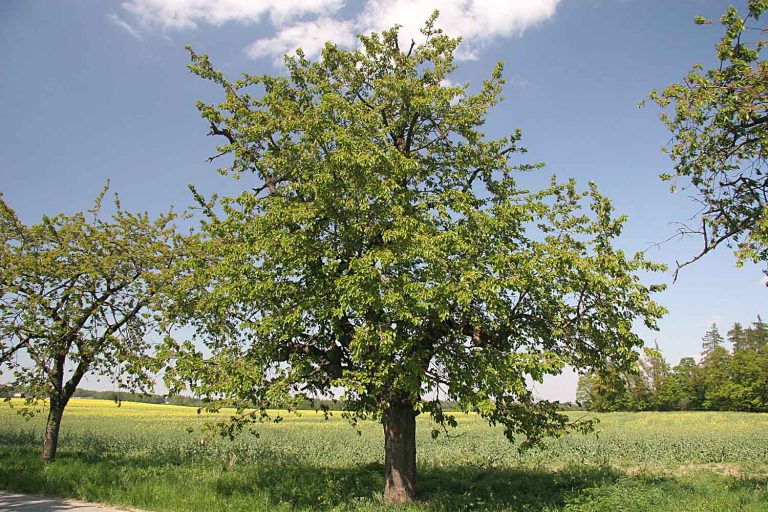Tree Diseases
Trees die, but to a hobbyist, a gardener, or a professional, who sees his favorite tree die of disease, it is intolerable. Similar to people or animals getting sick, trees also become sick through infection. There are several fungal or bacterial infections that infect the trees. The different reasons for trees contracting the disease are weather conditions, geographical locations, and the total health conditions of the tree and the environmental plant life. In residential and commercial areas of horticulture, it is possible for one to notice the disease and take care of it
In case the tree disease is identified in time, it is curable. The grower himself can treat the disease, if the exact fungal rogue or bacteria is identified.
All that a tree requires is sufficient sunlight, carbon dioxide, water and nutrients from its surroundings for proper growth. Shortage of any of these tends to stunt the growth and cause stress to the tree. This leads to lack of energy for manufacturing essential defenses which ultimately lead to defenseless disease.
In case a sick tree suddenly dies, it may at times become complicated in diagnosing the real cause, since the causes are varied and increasing. For instance, a tree becomes weak during famine, leading to fungal attack; Climatic conditions such as pollution, storm, temperature, etc. are some of the factors that play a role in this. Occasionally cumulative diseases are found in them.
The source of most of the common tree diseases can relate to bacterial, fungal or virus infection.
White rots and Brown rots are the main varieties of fungal rot.
When the hemicelluloses (matrix polysaccharides, present in the cell walls of a plant) and cellulose in the wood are affected by Brown rots, only the lignin (a vital part of plant cell walls) is left. The rotten wood changes to brown color and develops cracks in the form of brick linings then the value of the timber decreases and the tree develops brittleness and of no use.
As for white rots, affects every part of the wood, changing it into a spongy lump.
Fungal Decay
Certain types of fungus like brown rot attack the dead wood by growing on it and causing continuous decay.
Bacterial and Viral Infections
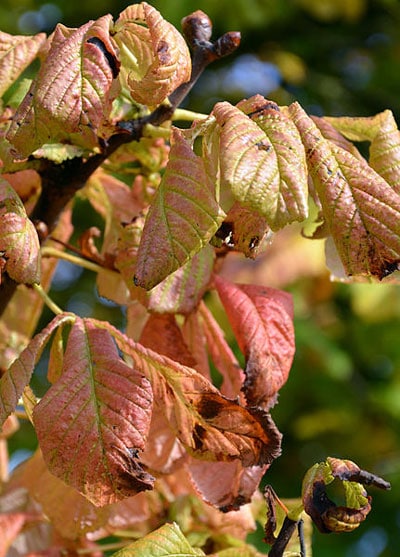
Different types of bacteria bring on tree diseases. Oak decline is a multifaceted process accentuated by bacteria and several rotting agents invading insects or due to rot caused by climatic conditions, resulting in a dangerous turn down in trees. Turn down are due to 2 reasons: chronic and acute.
Ash Die Back
This is a grave sickness in ash trees due to a particular fungus called Chalarafraxinea, botanically named C. Frazinea. This leads to ailments such as loss of leaves, stem lesions and crown dieback (measured in terms of the dead crown tip percentages), causing more trees to die.
Canker Disease
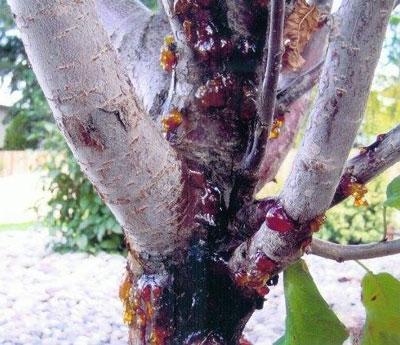
- The sickness known as Canker tree are found in three appearances, Nectria (tree parasites), Cytospora (a disease of the stem) and Phomopsis (Rachises, leaves and shoots developing lesions due to fungal attack).
- It is believed that Nectria canker infects oak trees, maple and honey locust trees, Cytospora canker is known to infect Poplar, Pine and Willow Trees.
- Phomopsis canker perhaps infects Douglas Fir, Arborvitae, Russian Olive Trees and Juniper.
- An exposed wound on the branches of the tree leads to Canker tree sickness caused by the attack of about a dozen fungi of many grades, or bacteria.
Heart Rot Disease
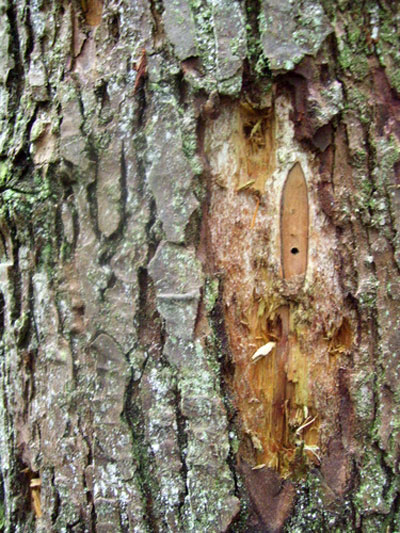
Photo by: Leslie Seaton
- The tree disease called heart rot, attacks several deciduous trees like Birch, Dogwood, Beech, Maple And Cedar Trees caused by inappropriate pruning, resulting in branches left broken, injured by insects, fire or animals.
- Similar to canker sickness, the other reasons for the heart rot sickness of trees are different varieties of fungus like the Fistulina Hepatica that attacks trees that have exposed wounds or naked wood.
- The growers of trees who suspect heart rot have to search for mushroom bodies developing on the tree or conk, since they are the exact indicators of the existence of the fungus.

Having discovered a fondness for insects while pursuing her degree in Biology, Randi Jones was quite bugged to know that people usually dismissed these little creatures as “creepy-crawlies”.

